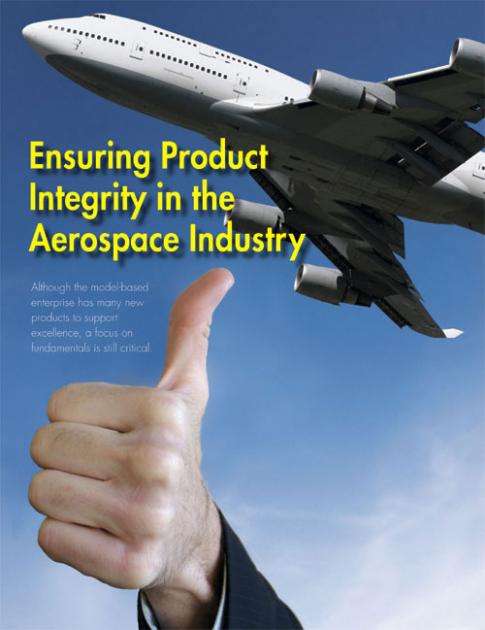
Product integrity occurs when performance, schedule, and affordability converge throughout the product life cycle. The first critical stage in realizing product integrity happens early in the product life cycle during design and development; a second and no less critical stage occurs later, during the transition from development to production. Early in the process, the relationship between design intent and process capability must be established and understood. As the design matures and transitions to production, it must be manufactured in a repeatable and affordable way by an extended supply chain. Achieving these seemingly intuitive objectives continues to be elusive for much of the aerospace and defense industry.
…
Comments
Add new comment